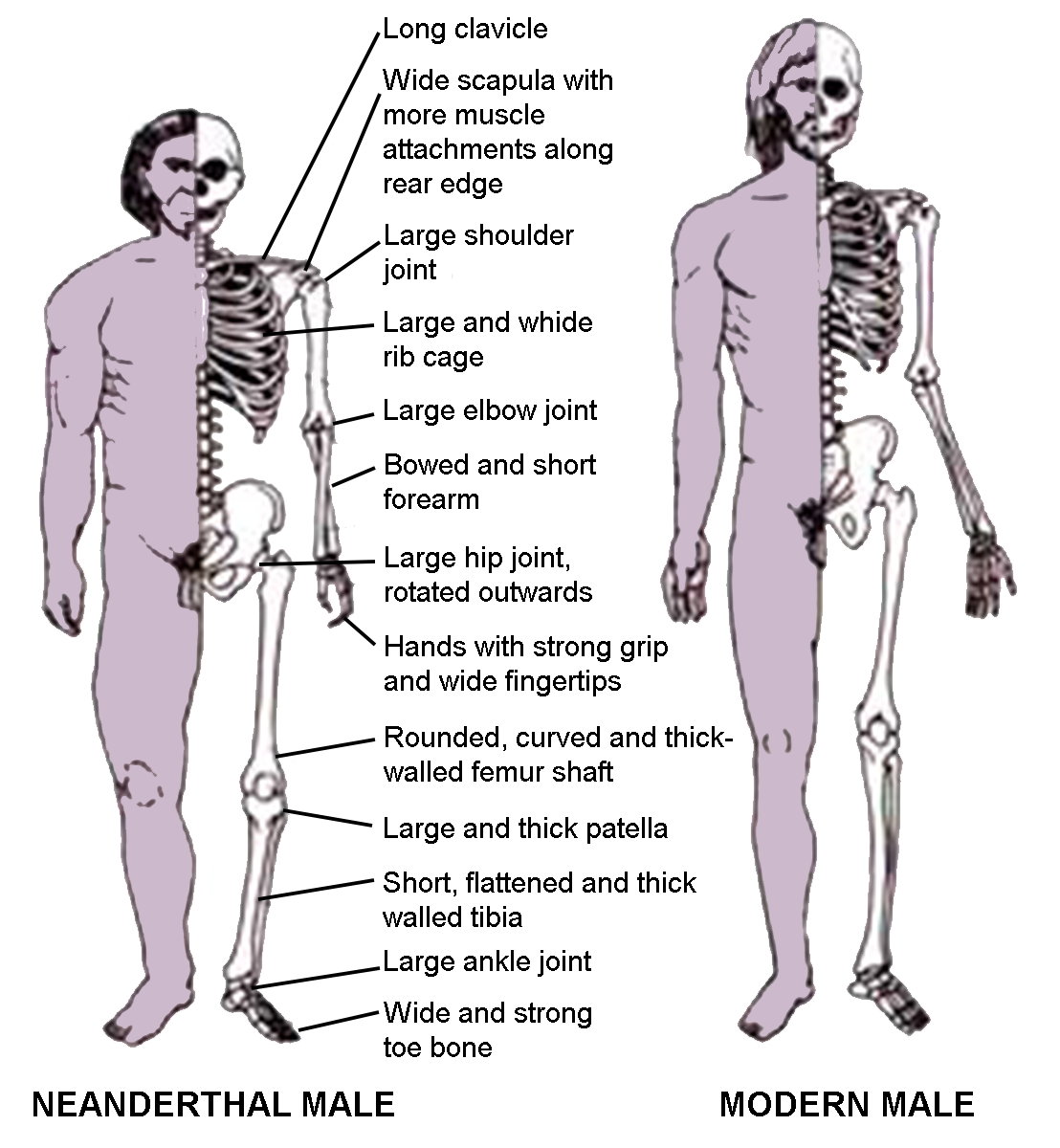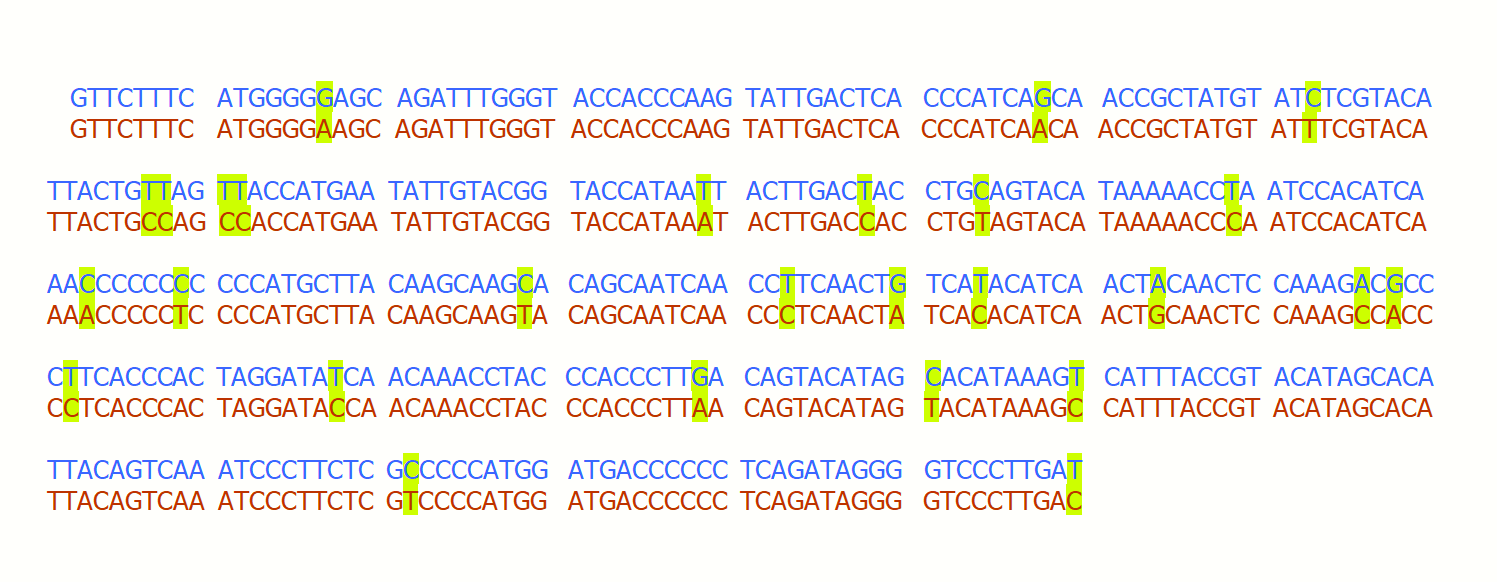As the first Homo sapiens pioneers migrated into Europe they surely would have encountered Neanderthals and wondered about these somehow familiar yet strangely different creatures. Were they just peculiar looking humans or were they something else? This same issue has puzzled anthropologists ever since the discovery of the first fossil Neanderthal skull in Germany in 1856, leading to the ultimate question of whether modern humans and Neanderthal ever mated to produce offspring whose genes continue to circulate in the 21st century human gene pool.

Neanderthals had successfully inhabited the European continent for as much as 300,000 years and were adapted to the intense cold there. Physically, Neanderthals were shorter, more powerfully built and had denser bone mass than Homo sapiens. They had large noses, prominent brow ridges, a long, low cranial vault containing a brain roughly 10% larger than Homo sapiens, and powerful biting musculature that they probably employed both for eating and as a vice-like tool. Their technology may have seemed crude to the newly arriving Aurignacian hunters from the south but the Neanderthals’ Mousterian tools had served them well in the harsh European environment and their culture included many behaviors that Homo sapiens would have recognized as similar to their own.

In 1997 Dr. Svante Paabo at the University of Munich successfully extracted mtDNA from a sample of bone taken from the original Neanderthal skeleton from the Neander Valley. The results showed that Neanderthal mtDNA is remarkably different from human DNA. You can see below that there are 28 mutational differences between Neanderthal (blue) and Homo sapiens (red) in a 379-nucleotide section of the mitochondrial control region. This result was later duplicated on two other Neanderthal specimens, one from Croatia and one from the Caucasus, and contrasts sharply with an average number of seven mutational differences that would be observed between any two modern people randomly selected from populations around the world. The similarity of the three Neanderthal mitochondrial sequences among themselves and their dissimilarity to modern humans strongly suggests that Homo sapiens and Neanderthals diverged from each other as much as 500,000 years ago and that mating between Homo sapiens and Homo neanderthalensis would have been extremely improbable.